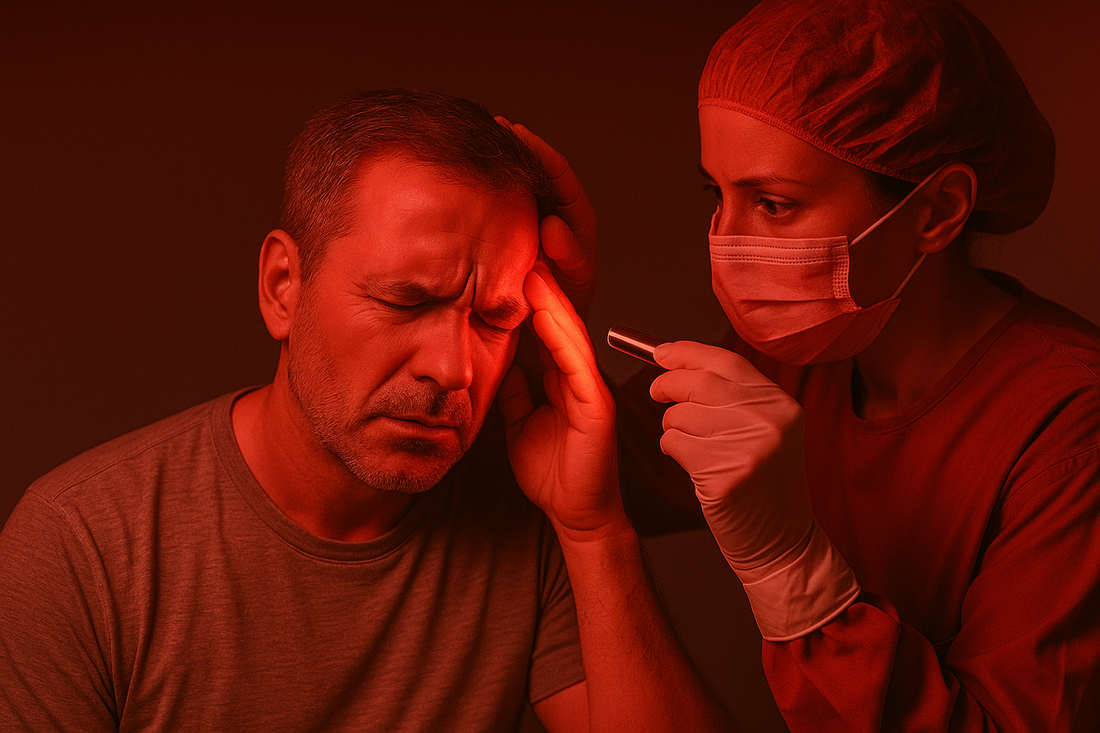Blue light, a segment of the visible light spectrum ranging from approximately 400 to 500 nanometers (nm), has garnered significant attention in recent years due to its potential adverse effects on eye health. The increasing prevalence of digital devices and energy-efficient lighting, which emit higher proportions of blue light, has heightened concerns among healthcare professionals and researchers about the long-term implications of blue light exposure.
Blue light is characterized by its high energy and short wavelength, which enables it to penetrate deeper into the eye compared to other visible light. This penetration extends to the retina, the light-sensitive tissue at the back of the eye responsible for converting light into neural signals for vision. The high energy of blue light can induce oxidative stress and photochemical damage to retinal cells, a phenomenon exacerbated by prolonged exposure. The retina lacks the natural defense mechanisms found in other tissues to adequately neutralize the oxidative damage caused by blue light, making it particularly vulnerable.
One significant aspect of blue light's detrimental effects is its role in the development of age-related macular degeneration (AMD). AMD is a leading cause of vision loss in older adults, characterized by the deterioration of the macula, the central part of the retina responsible for sharp, detailed vision. Research indicates that cumulative exposure to blue light can accelerate the aging process of retinal cells, contributing to the early onset and progression of AMD. The mechanism involves the generation of reactive oxygen species (ROS) when blue light is absorbed by retinal cells. These ROS can damage cellular structures, including lipids, proteins, and DNA, ultimately leading to cell death and tissue degeneration.
Moreover, blue light exposure has been linked to the disruption of the circadian rhythm, the body's internal clock that regulates sleep-wake cycles and other physiological processes. Blue light is a potent regulator of melatonin, a hormone responsible for inducing sleep. Exposure to blue light, especially during the evening, can inhibit melatonin production, leading to difficulties in falling asleep and poor sleep quality. This disruption not only affects overall health and well-being but also has indirect consequences for ocular health. Poor sleep can contribute to eye strain, dry eyes, and other discomforts that impact visual performance.
The advent of digital devices has amplified concerns regarding blue light exposure. Computers, smartphones, tablets, and LED screens emit a significant amount of blue light, which can lead to digital eye strain, also known as computer vision syndrome. Symptoms of digital eye strain include dry eyes, headaches, blurred vision, and discomfort. Prolonged screen time causes the eyes to work harder to focus and process the high-energy blue light, leading to fatigue and strain. The issue is compounded by reduced blink rates when using digital devices, which can exacerbate dry eye symptoms by decreasing the spread of tear film across the ocular surface.
Furthermore, the implications of blue light exposure are not confined to adult populations. Children and adolescents, who are increasingly engaged with digital technology for education and recreation, are also at risk. Their eyes absorb more blue light than adults due to the greater transparency of the lens and cornea in younger individuals. Prolonged exposure during critical periods of visual development could potentially have long-term consequences on ocular health, although more research is needed to fully understand these impacts.
Mitigating the harmful effects of blue light involves a multifaceted approach. Protective measures include the use of blue light filtering lenses or screen protectors that selectively block or reduce blue light transmission. These filters can decrease the amount of blue light reaching the retina, thereby reducing oxidative stress and photochemical damage. Additionally, adopting good visual hygiene practices, such as taking regular breaks from screen use (following the 20-20-20 rule: looking away from the screen every 20 minutes at something 20 feet away for at least 20 seconds), ensuring proper ambient lighting, and maintaining an appropriate viewing distance, can help alleviate digital eye strain.
For individuals with pre-existing conditions that may make them more susceptible to blue light damage, such as AMD or dry eye syndrome, additional precautions may be warranted. Regular eye examinations and consultations with eye care professionals can aid in monitoring and managing these risks. Furthermore, dietary considerations, including the intake of antioxidants such as lutein and zeaxanthin found in leafy greens and other vegetables, may offer some protective benefits against blue light-induced oxidative damage.
In summary, the high-energy nature of blue light, coupled with its deep penetration into ocular tissues, underscores its potential for harm to eye health. Its role in oxidative stress, retinal cell damage, circadian rhythm disruption, and digital eye strain highlights the need for increased awareness and proactive measures to mitigate exposure. As our reliance on digital technology continues to grow, understanding and addressing the implications of blue light on ocular health will be paramount in preserving vision and overall eye health.
Blue light, Near Infrared, Red Light and Kivo Panels
Our panels are clinical strength and the LEDs used in our panels are 5w each. Our 7 wave-length panels, which have blue LED's in them for combating acne and skin issues require the use of our included googles to help protect your eyes during use.
Our masks include eye guards to help protect light leakage and help you maintain optimal eye health.
We do not recommend long term usage of Near infrared light on our panels without googles. However, as an indirect ambient light source, small amounts of daily NIR light is healthy for the eyes.





